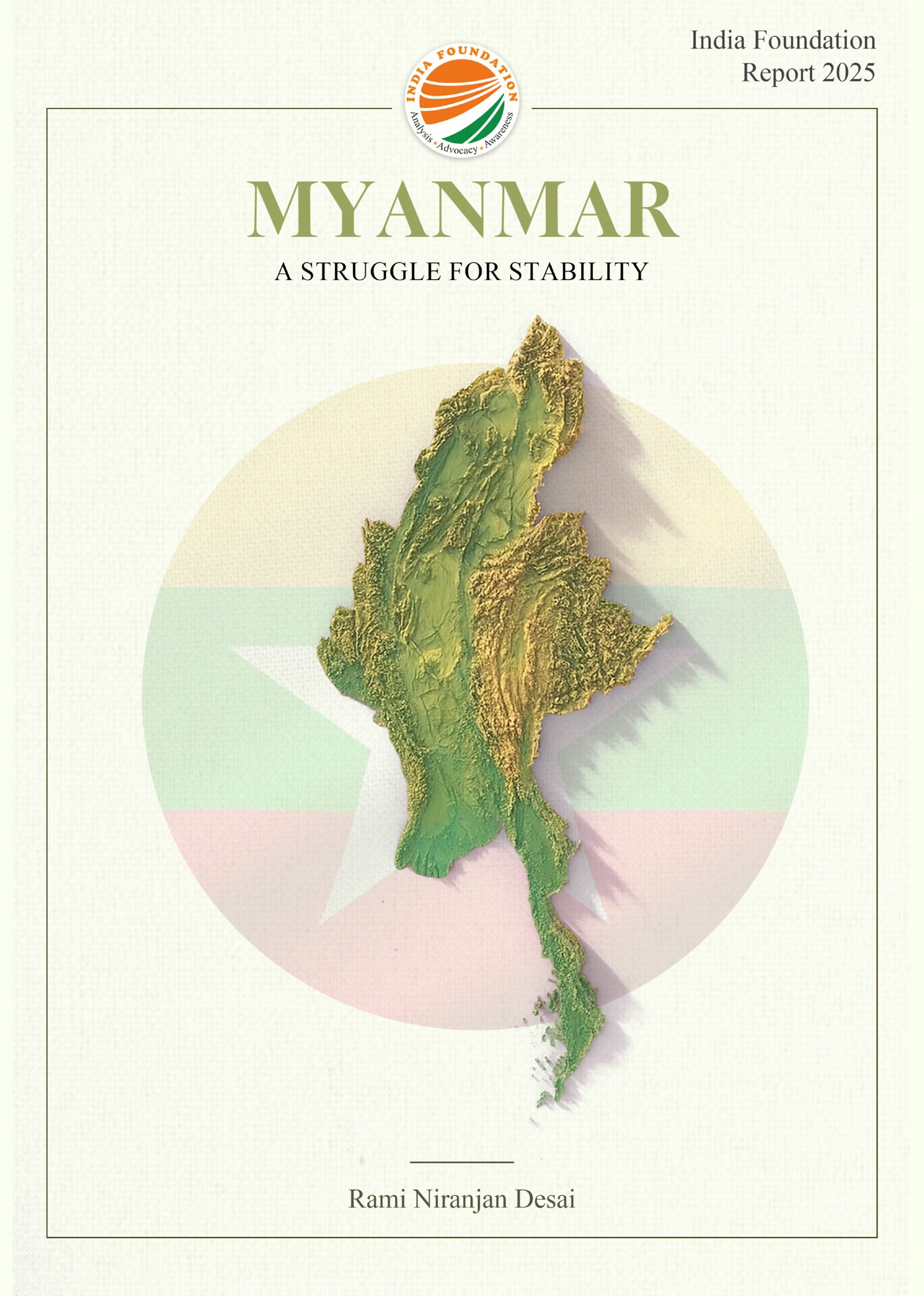In the last two decades, China has focused strategically on water politics vis-à-vis its economy. With its rapid population growth and consumption, China has become the world’s largest bottled water consumer and a major producer. With a per capita consumption 19% lower than the global average, the market is expected to continue to grow.
Its other water needs are also significant, of course, both to keep pace with industrialization and for strategic reasons. In this context, China had built one of biggest gravity dams on the upper stream of the Brahmaputra River (Yarlung Zangbo) in Tibet, the US$15 billion Zam (or Zangmu) Hydropower Station. The dam, considered to be the world’s highest-altitude hydropower station and the largest of its kind, is set to generate2.5 billion kilowatt-hours of electricity per year.
Located in the Gyaca County, the Yarlung Zangbo River flows 1625km in Tibet, before entering Arunachal Pradesh, where it is known as the Sinag. Further down, the Sinag, after its confluence with the Dibang and Lohit, is known as the Brahmaputra, which continues to flow into Bangladesh.
China was mum about the details of the project in the initial stages. In the year 2010, Chinese Foreign Minister Yang Jiechi officially revealed that China is building a dam on the river, but extended the assurance that it would not have any impact on the river’s downstream flow into Northeast India. But there is no water sharing agreement between India and China currently and nor is one on the horizon.
China is the region’s “upstream superpower”—more than two-thirds of the 40 major transboundary rivers that flow through China and 16 other countries originate in China. To balance between upstream and downstream interests, the UN General Assembly on 21 May, 1997 adopted the UN Convention on the Law of the Non-Navigational Uses of International Watercourses (with China voting against it). The convention commits state parties to the utilization of transbounday rivers in “an equitable and reasonable manner” and require them to take “all appropriate measures to prevent the causing of significant harm” to co-riparians, presently constituting large parts of Tibet, Northeastern India, Bangladesh and Mekong region countries.
China’s aggression in the Upper Mekong is also creating animosity among countries in the region. Amid the escalation of threat to peace and stability in the Mekong region, China has been willing to cooperate with Southeast Asian countries and has signed bilateral agreements with a number of co-riparians. It has not been as forthcoming with India on the Brahmaputra. This is likely an outcome of historical animosity, pre-existing territorial disputes and the fact that it now views India as a rival for regional superpower status. Potential conflicts between India and China are likely to centre on a “war over natural resources,” with the Asian giant eyeing dominance of the “Third Pole.”
Already, China’s upstream claim over the Brahmaputra has emerged as a threat to the environment, putting into jeopardy the livelihood of millions downstream. The non-existence of a water-sharing agreement with China strategically also challenges India’s claim on parts of Arunachal. In recent years, the idea of hydropower as clean energy, though highly debatable, has dramatically changed the politics of dam-building in region. The hydropower dams proposed by China include the world’s last free-flowing rivers in southwest China—including sources of major water resources in Asia. These projects threaten the fragile ecosystem, wetlands and protected forests.
China’s upstream hydropower dams will adversely affect the livelihoods of people who are depending on water commons for small-scale fishing and subsistence agriculture. The implications of the dams on the water ecosystem Environmental degradation through its blocking of sediment-borne nutrients will surely have a negative impact on traditional Himalayan agriculture. Also, the ecosystem in the waters is also disturbed, dramatically affecting the life-cycle of high altitude fish species. It is notable that in the most of these regions, fish is a major source of caloric intake, which means that rural food security in Northeast India, Bangladesh and Southeast Asia may be compromised.
Tempa Gyaltsen, a researcher at Tibet Policy Institute, Central Tibetan Administration said, “Zangmu Hydropower Dam on Brahmaputra river at a strategically important location, Lianghekou Damn on Yalong river and the under construction Suwalong dam on Salween and Mekong rivers are already affecting life and economy of millions of people in the downstream countries.” Noting that India’s water demand per capita is likely increase to 1.5 trillion cubic meters from 740 billion cubic meters currently, he emphasized that a water treaty is essential. “China would not hesitate [in using water as a weapon] that against India. That’s another major reason for the downstream countries of the 10 Tibetan rivers to come together and force China into a water treaty.”
Prof Milap Chandra Sharma, a glaciologist at JNU, has also pointed out: “Besides having environmental issues those dams in Tibet can be disastrous for us. They can unleash their fury during earthquake, accidents or by intentional destruction can easily be used against India during war.” Interestingly, the Sichuan earthquake of 2008, which killed more than 80,000 people, has been linked by some experts to the Zipingpu dam, which may have triggered it.
Climate change is showing its impact we now need to aim for sustainability rather than unchecked growth. Preserving rivers and ecosystems that support low carbon-intensive livelihoods of rural populations need to part of our mitigation efforts.



